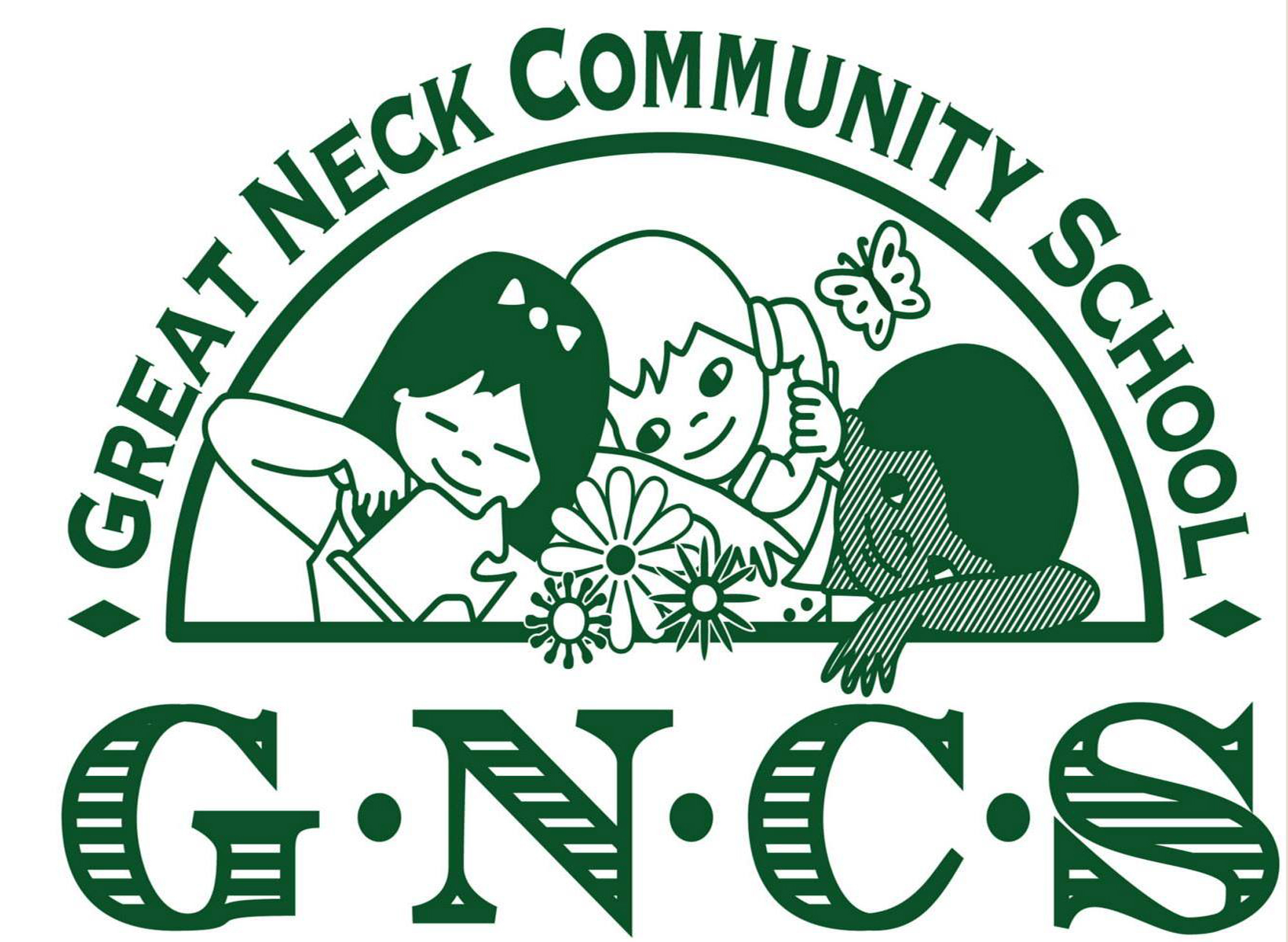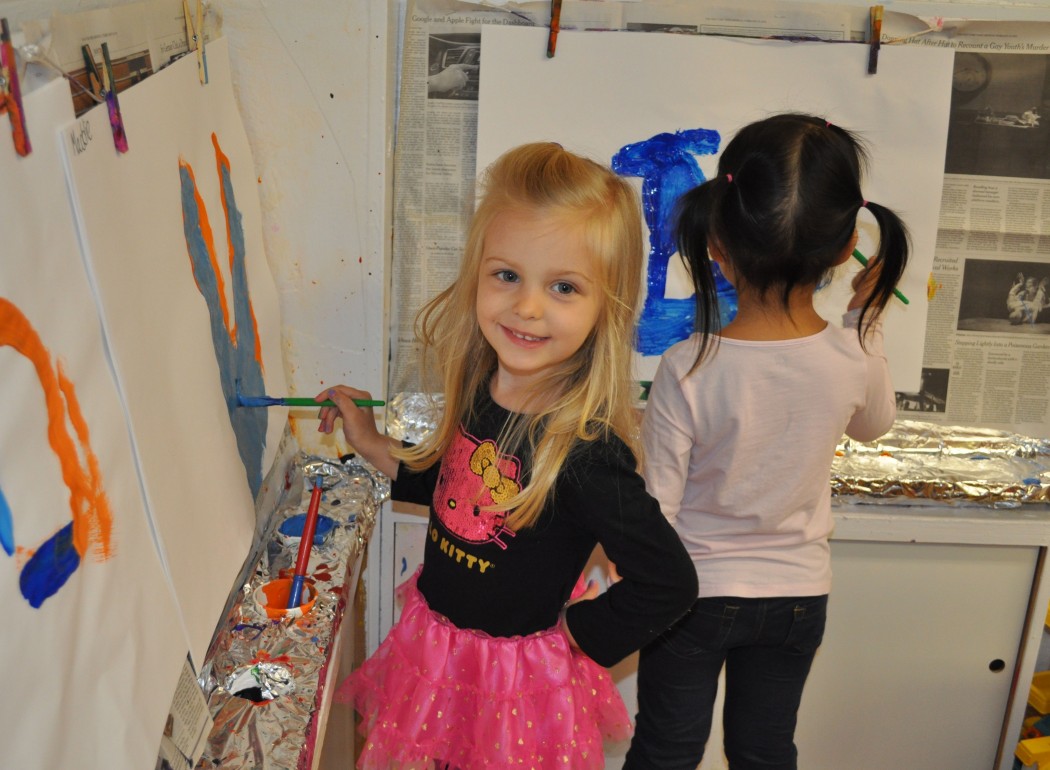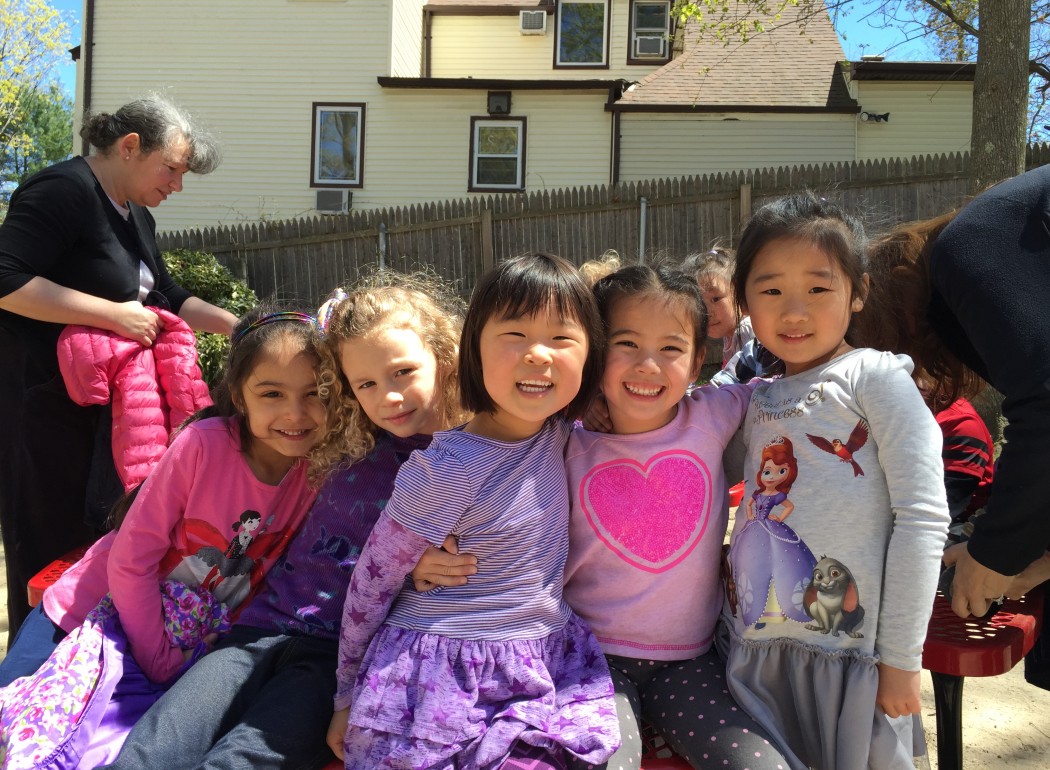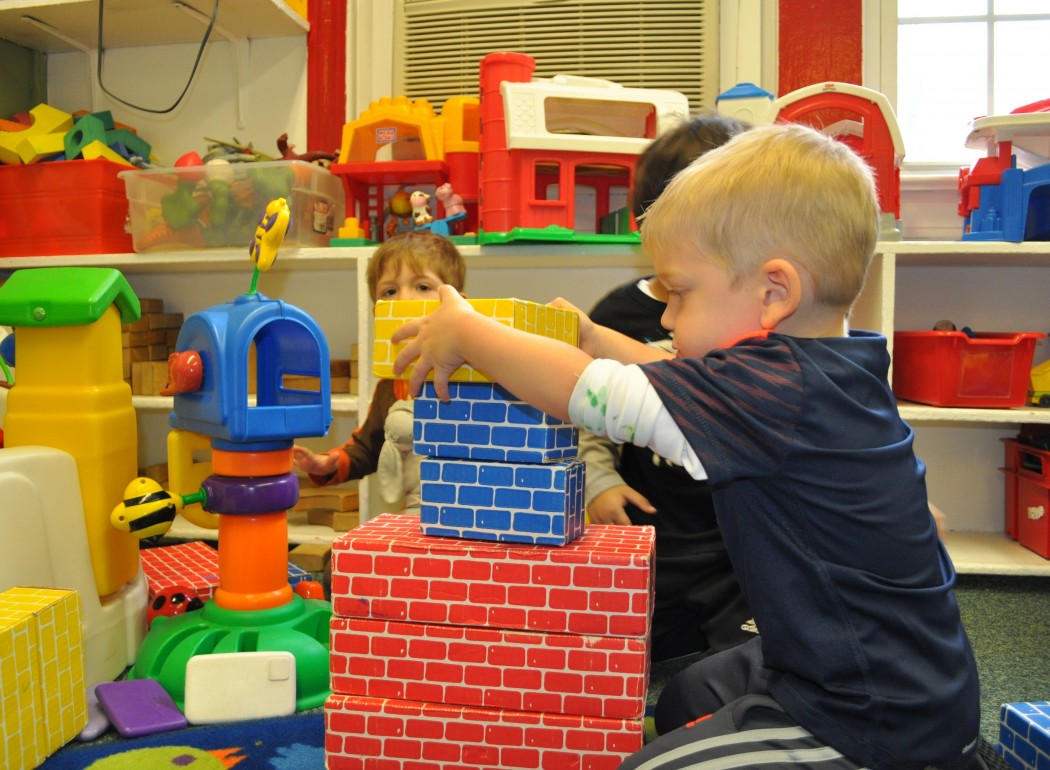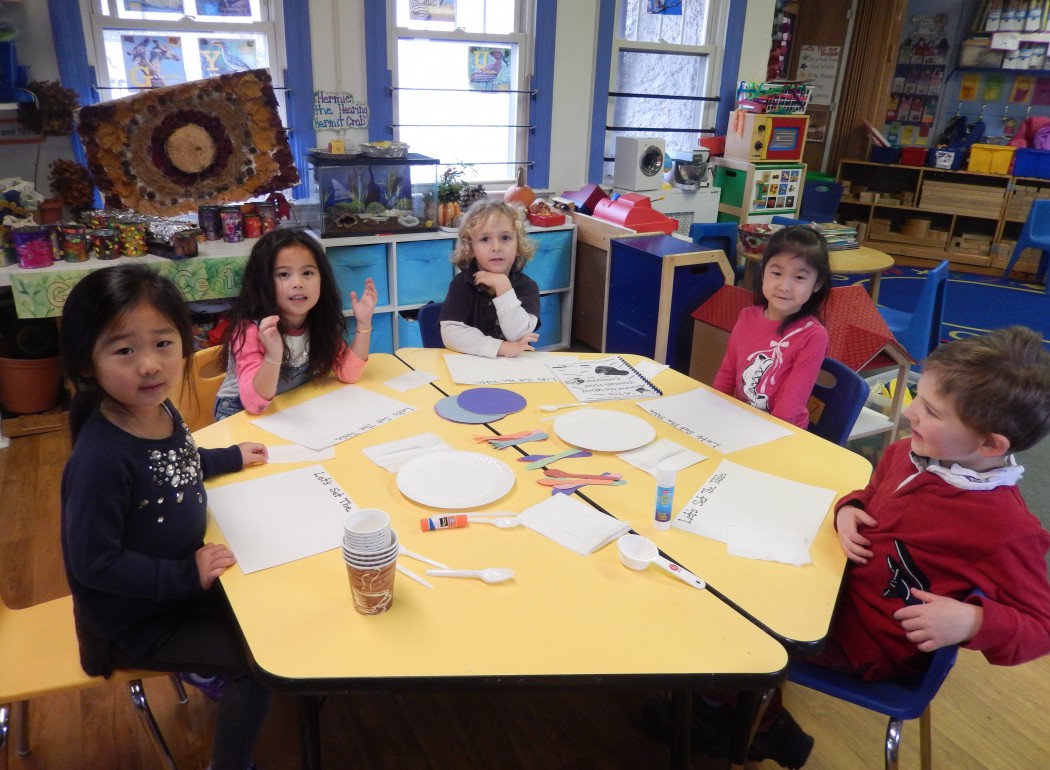-
The High Scope Curriculum
The Great Neck Community School is guided by the principles of The High Scope Curriculum. The High Scope Curriculum® for Preschools provides teachers with a clear and concrete way to apply child development and learning theories to their everyday work with preschool children. The underlying philosophy draws from researched based and validated strategies to enhance growth in academic, social-emotional, physical, and creative development. The program addresses traditional academic subjects and promotes independence, curiosity, decision making, cooperation, persistence, creativity, and problem solving in young children.
High scope curriculum emphasizes Active Participatory Learning. The Active Learning approach is based on the belief that young children build or construct their knowledge of the world through experiences. Learning is not a matter of adults giving information to children, but rather the process of shared control in which children make discoveries through direct experiences with people, objects, events, and ideas. Teachers and students are partners in shaping the learning experience. Teachers make sure materials reflect children’s interests and their home culture so that children are both comfortable and excited about learning.
The High Scope Curriculum identifies the knowledge, skills and concepts important for preschool children to acquire in each content area:
- Approaches to Learning
- Social-Emotional Development
- Physical Development and Health
- Language, Literacy, and Communication
- Mathematics
- Creative Arts
-
Your Child's Experience
Professionally qualified teachers develop programs rich in language experiences, reading readiness and math readiness to encourage a love of learning. Each day is made up of:
- Group Activities, such as morning meeting, project work, reading circle and snack time
- Free Play Time, both indoor and outdoors
- Special Weekly Programs, such as music, movement and yoga.
Throughout the year there are monthly modules that the whole school will focus on, which are determined by the director and the teachers together. Furthermore, each class develops special units of focus, frequently driven by the passions and interests of the children.
Through Reading, Painting, Singing, Storytelling, Research and Graph & Charting, the teachers attempt to answer the following three questions with the children:
- As we start, what do we already know?
- As we determine our approach, what do we want to know?
- At the end, what have we learned?
At the end of the unit and monthly modules a class project is typically produced, in the form of a book, a folder, or a portfolio, with a contribution from each child.
-
Goals & Philosophy
The most important goal of our early childhood curriculum is to help children become enthusiastic learners. This means encouraging children to be active and creative explorers who are not afraid to try out their ideas and to think their own thoughts. Our goal is to help children become independent, self- confident, inquisitive learners. We are teaching them how to learn, not just in preschool, but all through their lives. We’re allowing them to learn at their own pace and in the ways that are best for them. We are modeling and teaching good habits, particularly a positive sense of themselves, which will make a difference throughout their lives.
Our Curriculum Identifies Goals in all Areas of Development:
The philosophy behind our curriculum is that young children learn best by doing. Learning isn’t just repeating what someone else says; it requires active thinking and experimenting to find out how things work and to learn firsthand about the world we live in. In their early years, children explore the world around them by using all their senses (touching, tasting, listening, smelling, and looking). In using real materials such as blocks and trying out their ideas, children learn about sizes, shapes, and colors and they notice relationships between things. In time, they learn to use one object to stand for another. This is the beginning of symbolic thinking. For example, they might pretend a stick is an airplane or a block is a hamburger. These early symbols – the stick and the block – are similar in shape to the objects they represent.
Gradually, children become more and more able to use abstract symbols like words to describe their thoughts and feelings. They learn to “read” pictures which are symbols of real people, places and things. This exciting development in symbolic thinking takes place during the preschool years as children play. Play provides the foundation for academic or “school” learning. It is the preparation children need before they learn highly abstract symbols such as letters (which are symbols for sounds) and numbers (which are symbols for number concepts). Play enables us to achieve the key goals of our early childhood curriculum.
